Dominican Republic
The Dominican Republic is one of the most visited destinations in all of Latin America and the Caribbean. It is known for its hospitality and the warmth of its people. The exuberant natural beauty, intriguing history, and rich culture combine to make it a country like no other. For vacationers, the Dominican Republic is a symbol of exotic dreams, a paradise of sun, beach, sea and the Caribbean joy and life. To Christopher Columbus it was worthy of the most beautiful name ‘La Hispaniola’, while its natives honored it with the name ‘Quisqueya’ (Fruitful Mother Earth).
Today the island is known as Hispaniola. It offers a unique variety of natural beauty: luscious subtropical vegetation, mountains 3,000 meters high (over 10,000 feet), the famous white-sand beaches surrounding the entire country, and the turquoise sea which turns every Caribbean dream into an idyllic real-life experience. In order to make your travels to the Dominican Republic even more convenient, we have put together the some interesting and important facts to help you.

Geography
You will also find some surprising extremes in the Dominican Republic, including the following:
• Pico Duarte (3087 meters or 10,164 feet): the highest mountain in the Caribbean (see details about our excursion to Pico Duarte)
• Yaqué del Norte: the longest river in the Caribbean with a length of 297 kilometers or 185 miles
• Agua Blanca: the highest waterfall in the Caribbean at a height of 83 meters or 272 feet (close to Constanze, find your hotel here)
• Valle Verde (Green Valley): with the lowest temperatures found anywhere in the whole Caribbean
• Bani Dunes: the largest desert in the Caribbean (best to explore with our 4-day tour “Unknown Southwest”)
Origin
Columbus and his expedition members observed that the rivers on this island were a good source of gold, which motivated the European settlement. The indigenous group of Tainos who inhabited the Island were then enslaved, and through the years, eradicated, which gave the Spanish full access to Hispaniola. However the French, hearing of the island’s riches, soon captured the western part of the island. In 1804, the country that is now Haiti declared independence from France, motivating the eastern population of Hispaniola as well. The Dominican Republic was born on February 27th, 1844, declaring independence from Spain.
Weather
The climate in the Dominican Republic is predominantly tropical with ideal temperatures for travelling and enjoying sea and sun between 80°F (winter) and 90°F (summer) with a gentle Caribbean breeze. There is also a perfect year-round ocean temperature of around 80°F which makes it even more enjoyable on the picture-perfect beaches. However for nature lovers and active vacationers, it can get considerably colder in areas like the Valle Verde and Cordillera Central with its Pico Duarte, where temperatures might drop to freezing – also unique in the Caribbean. We can advise you on what to expect depending on your unique Dominican vacation.
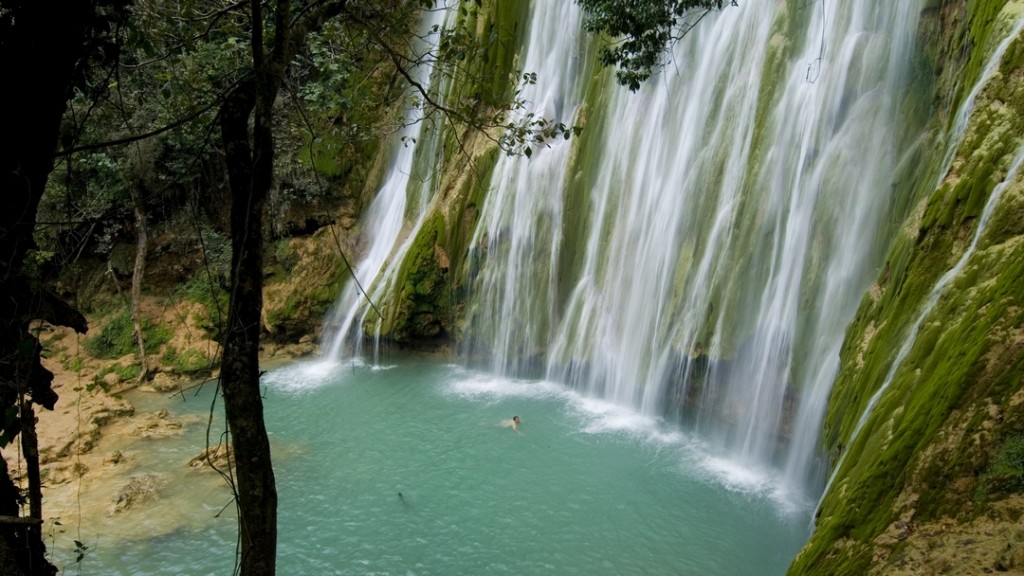
The waterfall Salto El Limón at the Samaná peninsula
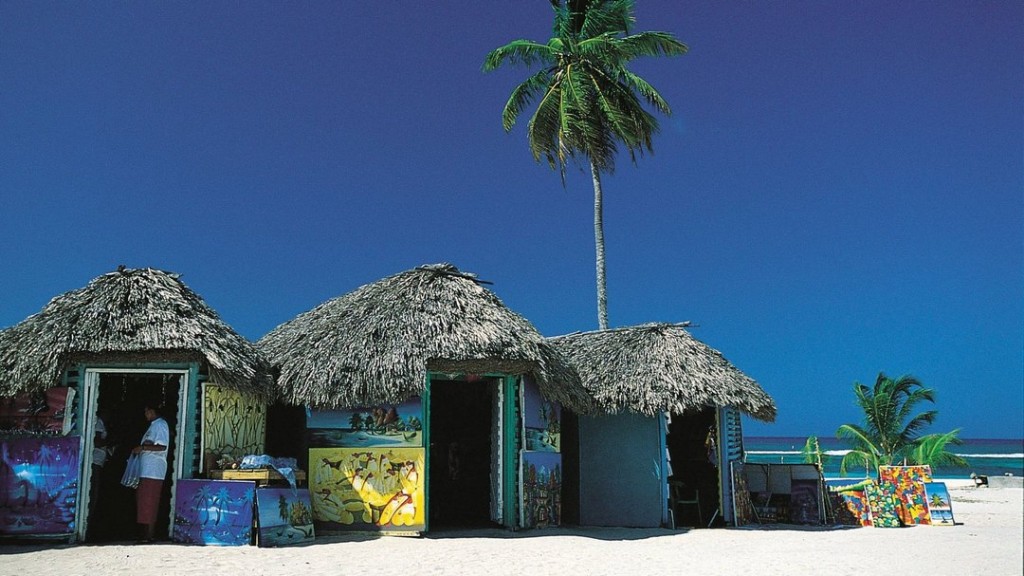
The beautiful Isla Saona in the South of the Dominican Republic
Population and Territory
Capital City
Airports
- Las Américas International Airport (SDQ) Santo Domingo
- La Romana International Airport (LRM) La Romana
- Punta Cana International Airport (PUJ) Punta Cana / Bavaro
- El Catey International Airport (AZS) Samaná / Las Terrenas
- Gregorio Luperón International Airport (POP) Puerto Plata
- Santiago International Airport (STI) Santiago
Santo Domingo and Punta Cana are the two main airports of the Dominican Republic with non-stop flights from many European, American, Canadian and Latin American cities. Delta, Jet Blue, Sunwing Airlines and Air Transat (among others) offer flights to Punta Cana and Santo Domingo from many American and Canadian Cities, such as Houston, Atlanta, Boston, Montreal, Toronto and many more. Puerto Plata, Santiago and La Romana are serviced by selected flights each day from New York, Miami, Toronto or Montreal whereas the smaller Samana El Catey airport (with access to Las Terrenas and Las Galeras) hosts flights from Montreal, Toronto and New York, plus seasonal flights from Halifax and Ottawa.
As a professional tour operator and travel agency we’re more than happy to research the best airfares to the most convenient airports in the Dominican Republic. Please use our travel request page.
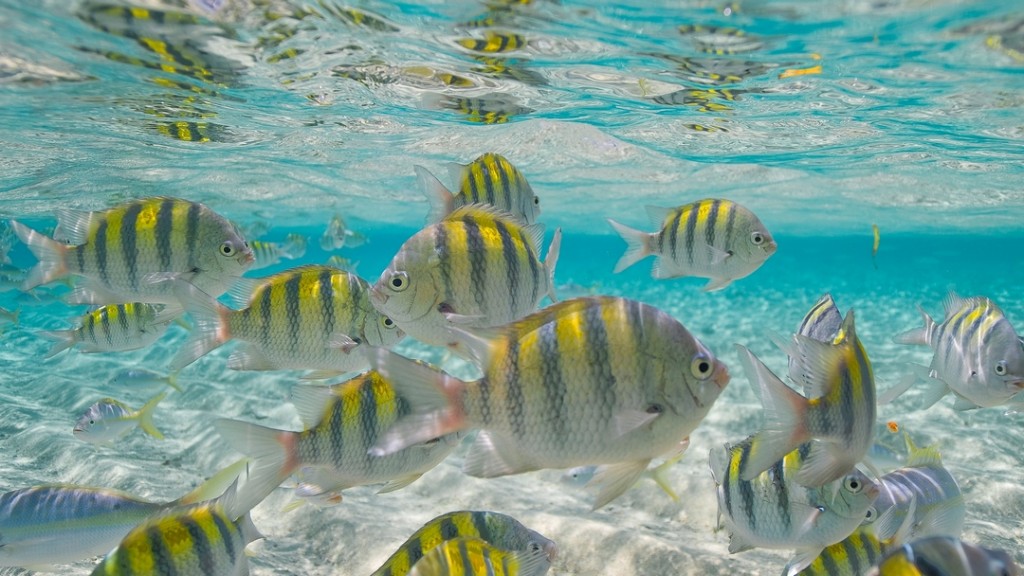
Many fishes while snorkeling in Cayo Arena
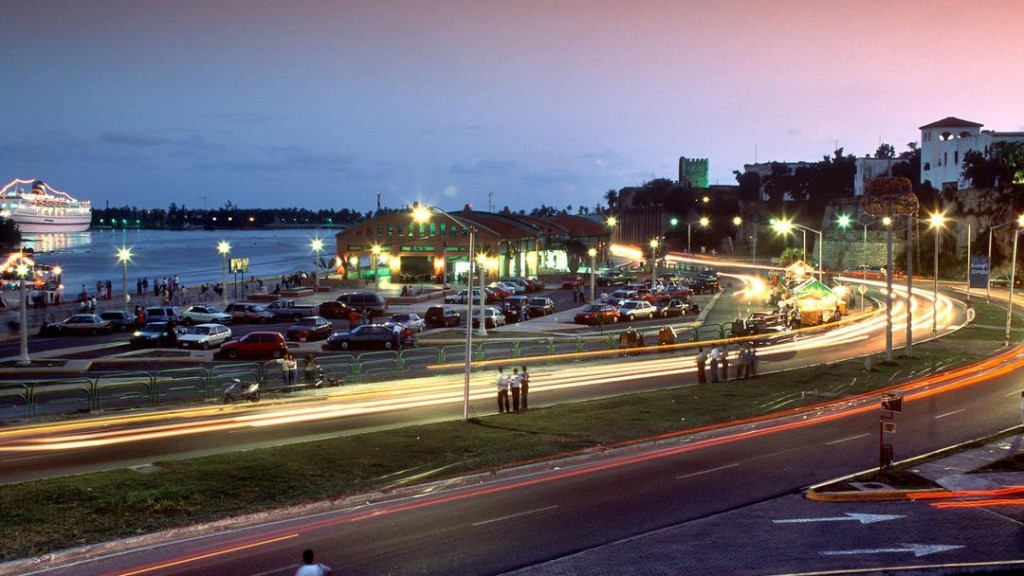
Santo Domingo at night with the Rio Ozama in the background
Entry regulations
Currency
Language

Remote and untouched Bahía de las Águilas
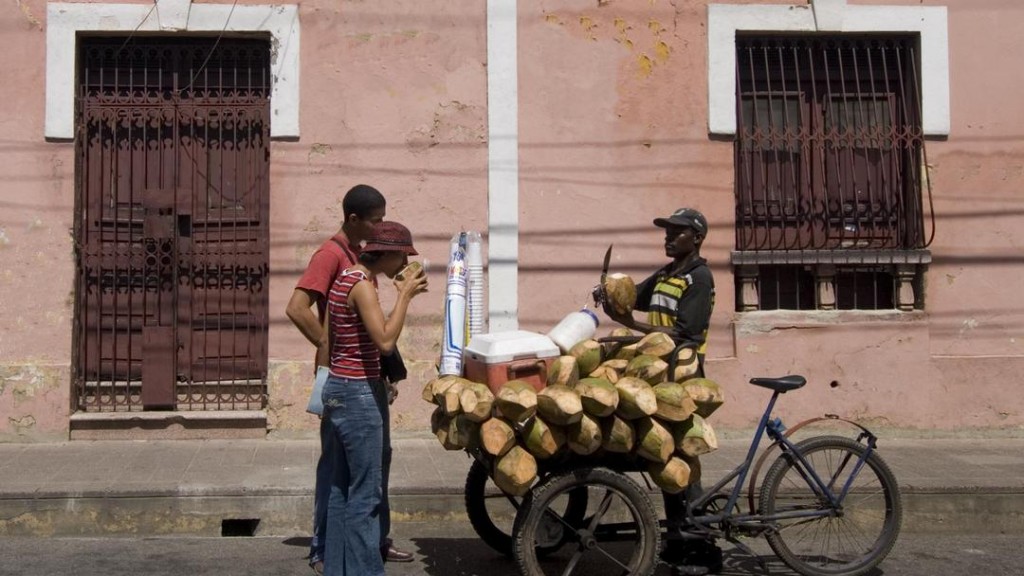
Coconut salesman on his bicycle in front of colonial building, Santo Domingo.
Legal Drinking Age
Drugs
Driving
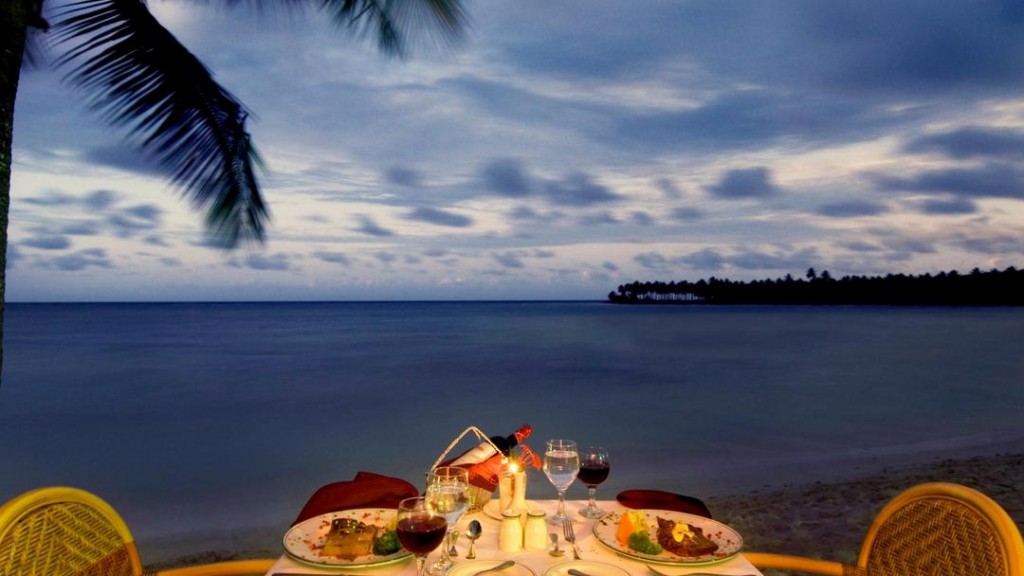
Dinner table at dusk, Las Galeras, Samana.

Watch the humpback whales in the bay of Samaná
Electricity
Dominican Food
Sports
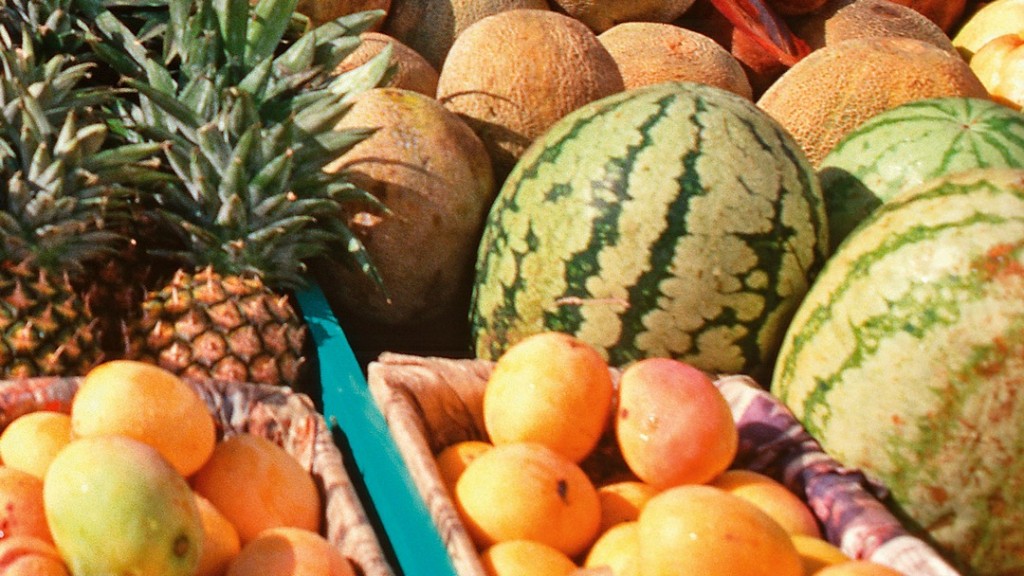
Tropical fruits are available everywhere in the Dominican Republic
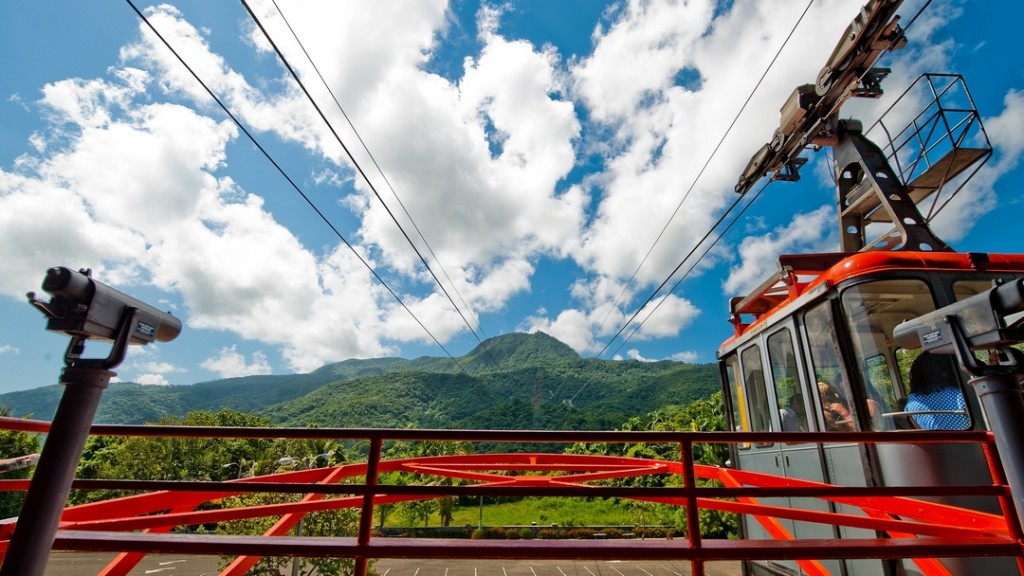
The cable car of Puerto Plata
Music
Dominican Traffic
In general, the traffic is similar to many other Latin American countries. Traffic rules are more recommendation than law, and most intersections are (unofficially) dominated by a first-come/first-served basis, or by the right of the bigger vehicle. There are traffic laws but they are sometimes ignored, and typical of many less developed countries, on the road it is the biggest vehicle that dominates. However, while traffic in the city of Santo Domingo can be a bit challenging, driving with your rental car through the tranquil and stunning countryside of the Dominican Republic can be a true pleasure. Of course you can book your rental car directly with us which secures you the best rates along with our expert knowledge, insider information and advice about where to go with your vehicle.
Religion
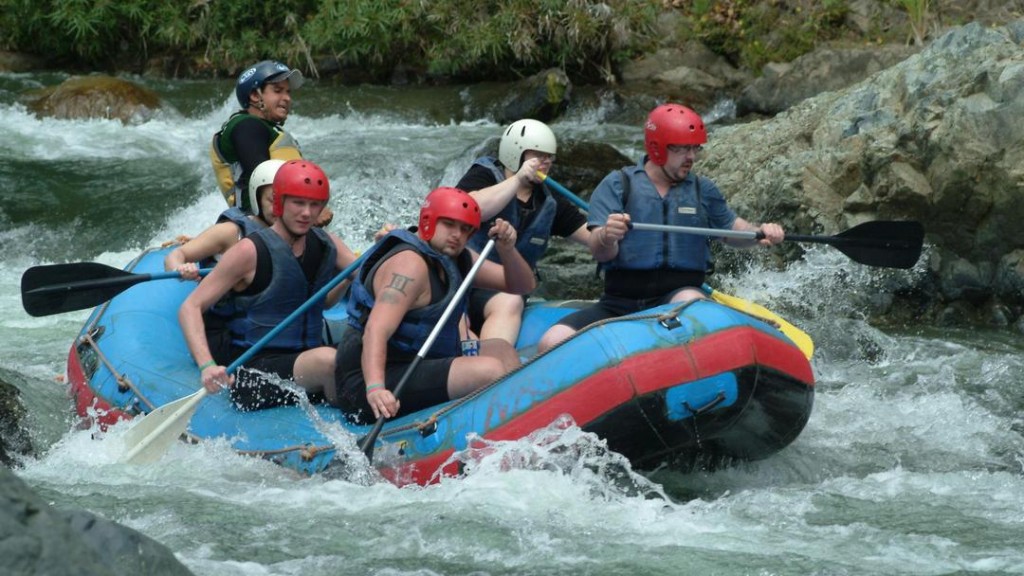
River Rafting from Jarabacoa in the Cordillera Central
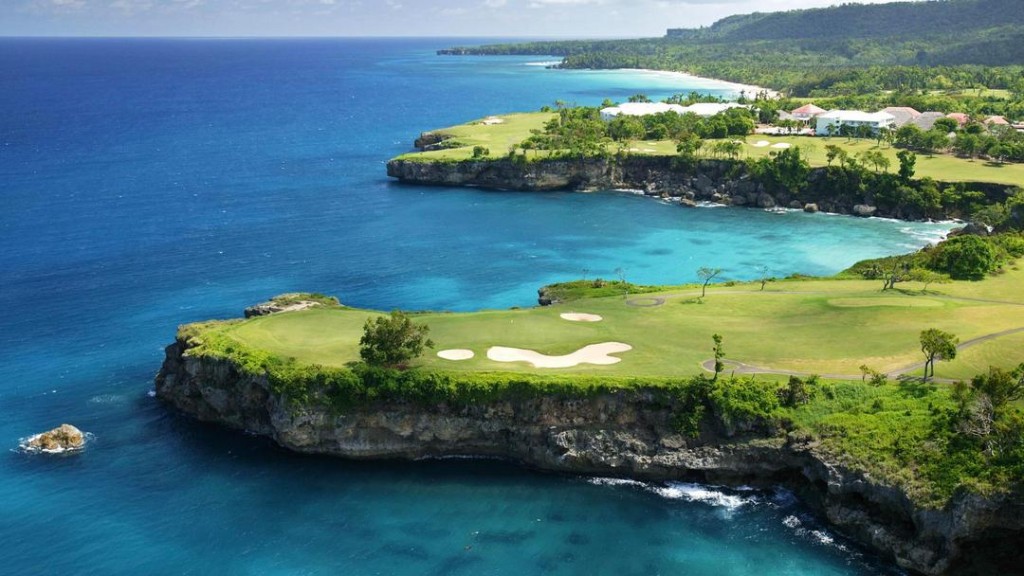
One of the many golf courses in the country
